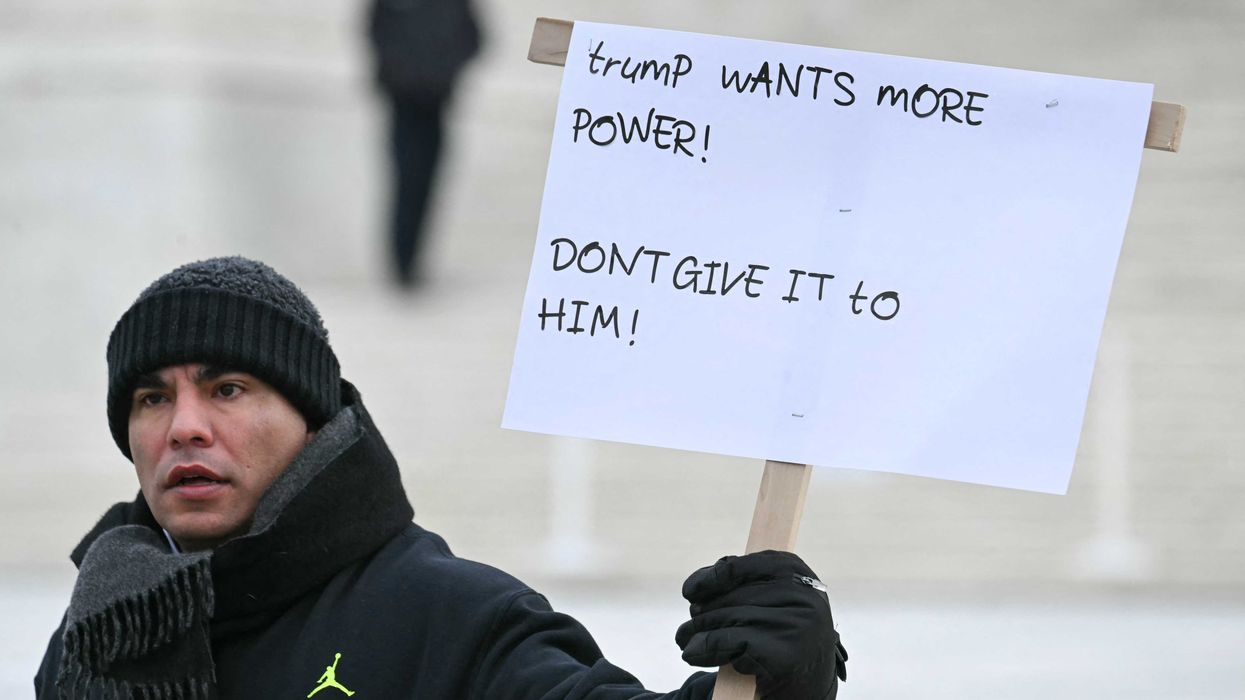Have you seen Target's newest pride month collection? Don't worry, you don't have to break your hard-won boycott streak to satisfy your morbid curiosity. Glenn took a look during a recent radio show. If you remember last year's display, you might be expecting horrors such as tuck-friendly bathing suits, chest binders for girls, and apparel made by a transgender Satan apologist. Fortunately, that's not what Glenn found. Instead, the collection was very tame, with one item being a charcuterie board with the phrase, "It's giving charcuterie" printed on it. So what happened? Did Target have a come-to-Jesus moment over the last year?
You. You are what happened.
The Target boycotts did exactly what they were supposed to do, they punched Target right in the wallet. According to the New York Post, Target lost a whopping TEN BILLION dollars in just ten days. You stood up for what you believed and Target had no choice but to listen. And this year's pride collection is proof that they heard you loud and clear.
"The inmates are now in charge of the asylum."
Now, this doesn't represent some change in the ethos of the company, but rather a desperate step back to protect their financial interests. The problem Target is now facing is that they don't have a whole lot of room to step back, as they have spent years cultivating a left-wing, progressive culture that really wants Target to take two steps forward instead. As Glenn said, "The inmates are now in charge of the asylum." These progressive activists within their company that they have pandered to for years don't take being told "no" very well. So when Target rolled back its pride collection, the internal backlash was immense.
Glenn's team was given access to leaked internal messaging within Target's Slack channel. The messages show the outcry of Target employees after Target announced they would be reducing the pride collection. Based on their reactions you would think they had just witnessed a national tragedy unfold. Some employees questioned if they could still work for Target after what had happened (remember, Target is still a VERY progressive company), and other employees discussed submitting ethics complaints. About a month after the internal firestorm, Target employees sent the following list of demands to leadership so that Target could atone:
- An acknowledgment in writing, of the harm Target caused to the LGBTQ+ community.
- A sincere apology.
- To partner with prominent LGBTQ advocacy groups.
- To immediately reinstate the Pride collection in full.
- To donate to LGBTQ causes.
- To implement sensitivity training for employees.
- To cease all contributions to politicians and organizations that do not support the LGBTQ community.
Target has made a mistake.
By cultivating such a radical progressive community, they have placed themselves in a precarious position. On one side, there's the progressive monster they cultivated, with its ever-growing, ever-changing list of demands. On the other side, there are people like you—people who just want to shop without having to walk by transgender children's underwear. The more Target gives to the woke monster, the more they alienate their customers. Now Target is trapped—if they give in further to the woke mob, they'll lose billions of dollars, but if they don't, they'll be attacked from the inside.
So let Target serve as an example to other companies. Customers have a voice too, and when you stand up and use it, a great many things can happen.

 JIM WATSON / Contributor | Getty Images
JIM WATSON / Contributor | Getty Images
 Joe Raedle / Staff | Getty Images
Joe Raedle / Staff | Getty Images AASHISH KIPHAYET / Contributor | Getty Images
AASHISH KIPHAYET / Contributor | Getty Images Harold M. Lambert / Contributor | Getty Images
Harold M. Lambert / Contributor | Getty Images